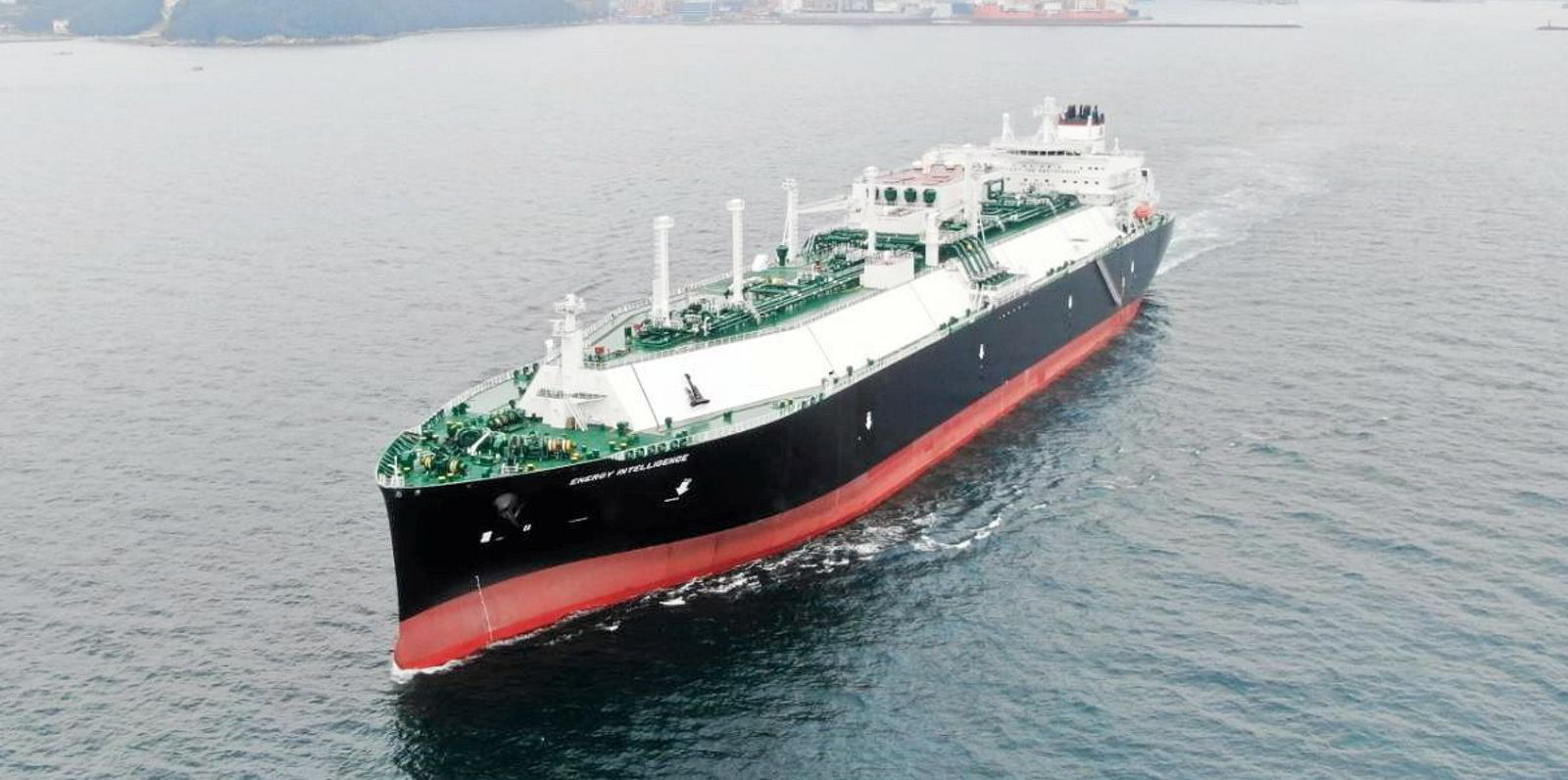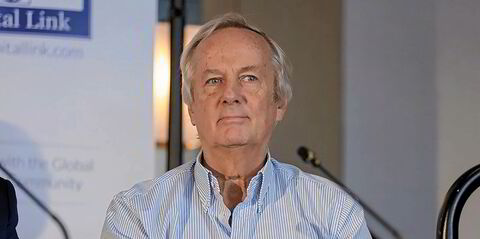Eastern Pacific Shipping is committed to LNG bunkering as a step towards zero-emission shipping, according to chief operating officer Captain Anil Singh.
He was speaking at the launch of insurer North P&I Club’s Member Decarbonisation Journey Series, a set of briefings offering transparency on the available options.
This is part of the club’s Navigating Decarbonisation initiative through which it is sharing its expertise on the risks and rewards of strategies for ship sustainability.
First to report have been long-standing North members Eastern Pacific and Italy’s d’Amico International Shipping (DIS).
Singh said the group’s approach to decarbonisation entails a “holistic alternative marine fuel programme”.
“Nobody knows yet which technologies or alternative energy sources will lead us to net zero, but we do know that today there are already proven solutions available to lower emissions,” he added.
He highlighted LPG, ethane, ammonia and methanol as the future for Eastern Pacific’s dual-fuel fleet.
But in the short term, it is backing LNG, which Singh said is widely available in the market and proven to lower carbon dioxide, sulphur oxide, nitrogen oxide and particulate matter levels.
In a world first, Eastern Pacific chose dual-fuel engines including LNG for an LR2 tanker, which Singh described as “a step in the right direction towards the IMO goal of reduced emissions”.
The case for biofuel
The ABS-classed 110,200-dwt LR2 Atlantic Jade was delivered this year.
It features two Type-C LNG fuel tanks to enable transits of up to 18,000 miles (29,000 km).
With the tanks positioned on deck to prevent reduction of cargo-carrying capacity, LNG fuel is pumped to the main engines via a pump vaporiser unit, while three generators and two auxiliary boilers feed off compressed boil-off gas from the LNG tanks.
The auxiliary engines could also run on distillate, residual fuels or biofuels/biodiesel blends.
In the longer term, Eastern Pacific says its dual-fuel strategy will allow ships to be powered by other marine fuels “including — but not limited to — biofuels, distillates and residual fuels”, with switching between types achieved “without loss of speed or power”.
However, Singh earmarks biofuels as “reserved for legacy tonnage, which are still being phased out”.
Salvatore d’Amico, DIS’ fleet director, is more committed to biofuels.
“While we closely monitor the development of alternative fuels of the future and new propulsion technologies, and invest in innovative digital designs, we believe that using biofuel blends can speed up decarbonisation of existing tonnage with immediate effect,” he said.
“Drop-in solutions bring an immediate benefit to the environment with very low investment.”
The entire DIS fleet of LR1 product tankers has now been certified for operation on a B30 biofuel blend, whose formulation includes 30% biofuel derived from renewable feedstock.
North P&I loss prevention executive Mark Smith said the club’s initiative is being undertaken “in the spirit of mutuality”.





